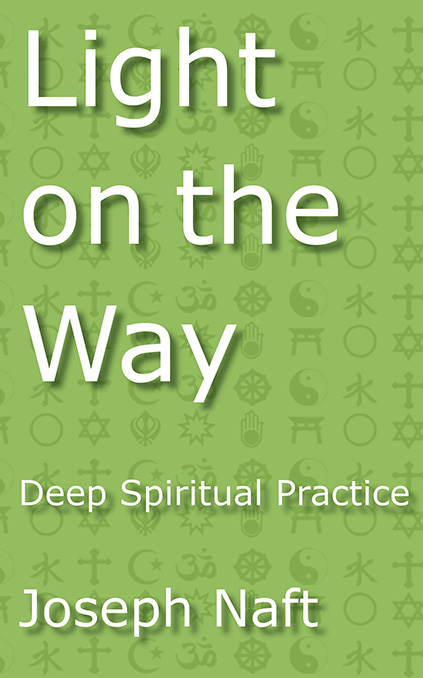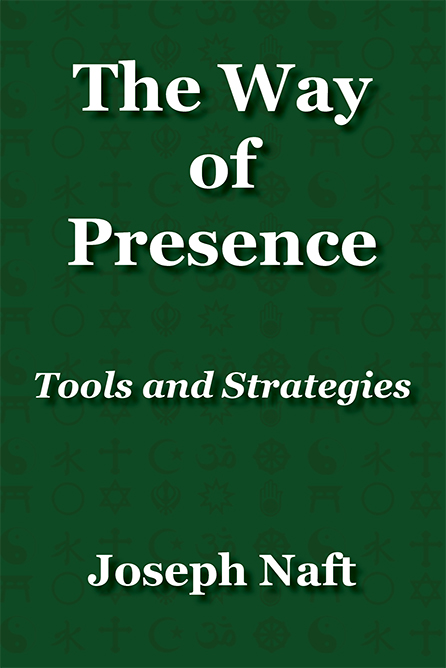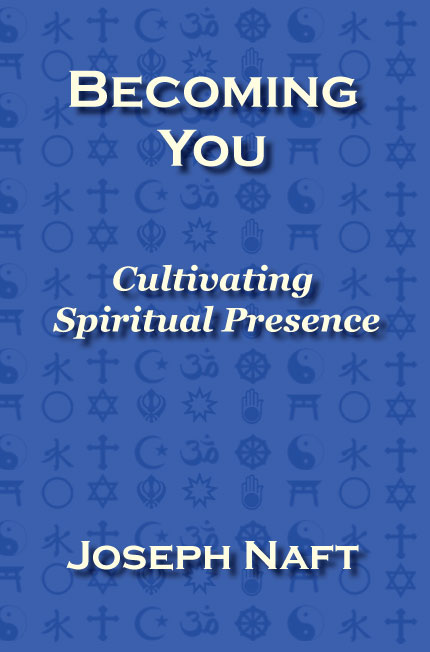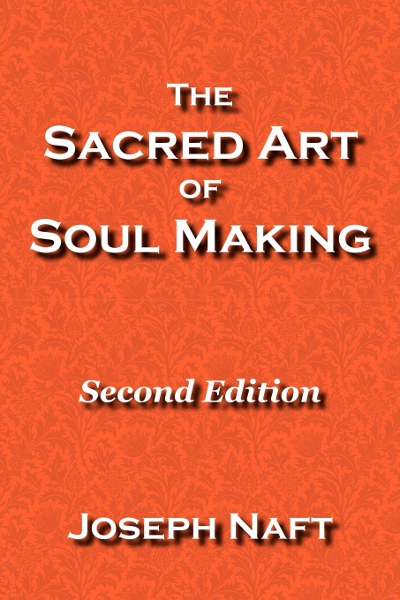|
|
Inner
Frontier Fourth Way Spiritual Practice |
|
Non-Clinging: Letting Go of Attachments The whole of the spiritual path may be summed up in the term non-clinging, because through non-clinging love comes, through non-clinging the door to the Unconditioned opens, our heart and our will purified and prepared to receive the Will of God. The Buddha taught liberation through non-clinging: not holding to anything as me or mine, not grabbing something or pushing something else away. Most of our human problems and all our difficulties in the spiritual path result from clinging, from attachment. We take anger as me, as my anger, rather than simply a feeling that will pass, that I can let go of. We take the desire for more as my desire, to be acted upon, rather than as simply a thought or feeling that will pass. We take all our thoughts and feeling reactions far too seriously, as if we were just thoughts and reactions. When we cling to a thought, we become that thought. On the road to freedom, we must let go of everything as me or mine. One wonderful aspect of the practice of non-clinging is that partial results accrue to us, even early in our path. If we learn not to identify with just a few kinds of thoughts or emotional reactions, we discover a little freedom and lightness, more joy as we walk through life. Non-clinging serves as its own reward. Non-attachment should not be confused with detachment. On the contrary, non-attachment is the antithesis of detachment. Through non-attachment we free ourselves to love, to be wholly engaged in life, with family, friends, and profession. In non-attachment we disengage from the barriers that separate us from others. Detachment fortifies the cold walls of separation. If someone slights me, a whole train of thoughts and emotions may ensue and persist for hours. If I am awake enough at its beginning or even in the midst of it, I see how I cling to the hurt feelings and thoughts. If through that seeing, I am able and willing to release the grip of my reactions on me and release my grip on them, then they subside on their own. I am left breathing easier, unburdened and free to respond or not to the original situation. My energies are conserved for better uses, such as joy and mindfulness. My will is a little less caught in the habit of a self-reflexive stance, in creating a false sense of myself as a person who was hurt by someone’s slight. Paraphrasing the Buddha, non-clinging is an invaluable practice at the beginning of the path, in the middle of the path, and at the end of the path. The price of admission to the spiritual depths, to the Unconditioned, to the presence of God is to give up our clinging. The gate to the deep place only allows those to pass through whose hearts are purified, at least temporarily. We might catch a glimpse of the Divine though, if even for a moment we can relinquish all attachment, all grabbing and all pushing away. Because approaching the Divine requires complete non-clinging, life itself serves as a strict, uncompromising taskmaster and teacher on our path. For example, whenever anger arises in me and I identify with it, justifying to myself why I should be angry, I need to notice this situation and let it go. This can be very hard indeed, but very necessary if I am to free myself of clinging. This is not to say that I shouldn’t take appropriate action to defend myself. On the contrary, we need to love and respect ourselves, as well as others. But to respect ourselves is to let go of clinging to anger, to greed, to fear, to wanting and to not wanting. This is our situation and our difficulty, where we must bear the true heavy-lifting of the spiritual practice of non-clinging, a heavy-lifting which consists of relaxing, relaxing the ties than enmesh us in mud, relaxing our attitude, releasing our grip on the lower to reach for the higher. Non-clinging depends on being able to let go. To be able to let go requires more than just thinking “I should not cling to this.” It requires changing our being. The best way to do that is a regular daily practice such as meditation. This brings more peace of mind. It brings the ability to see our mind, to see our attachments more clearly, to see that they are mental phenomena that we do not need to buy into. So finding a meditation practice that suits us and then sitting every morning is an effective, practical step toward non-clinging, toward freedom. See Also: Non-Clinging (Spiritual Dynamics 7) |
|
|
About Inner Frontier Send us email Copyright © 2001-2024 Joseph Naft. All rights reserved. |








